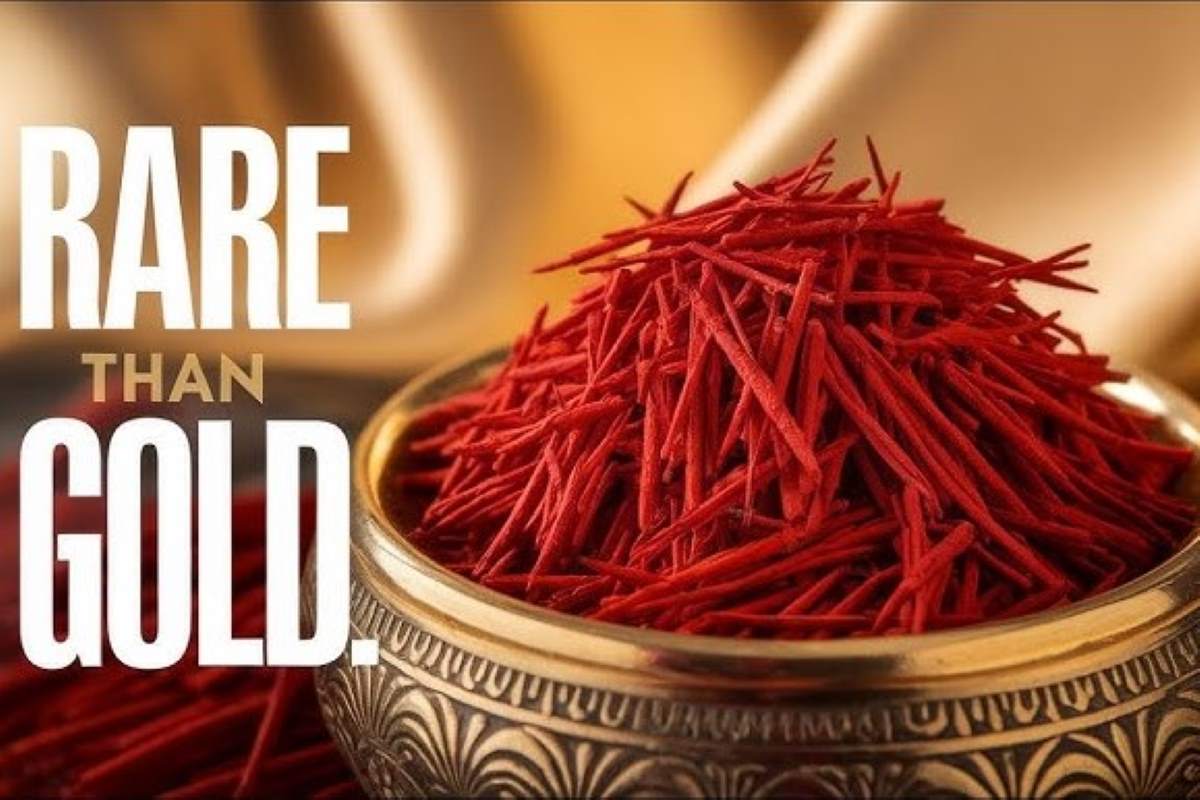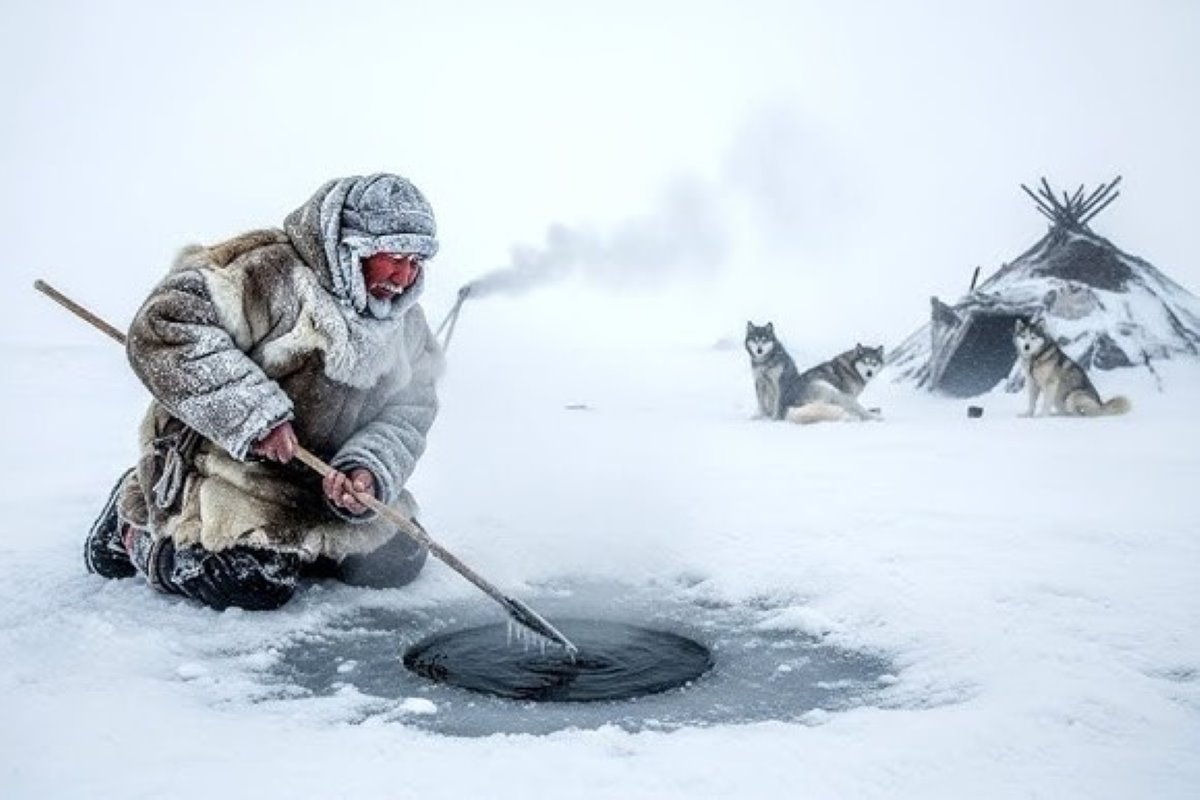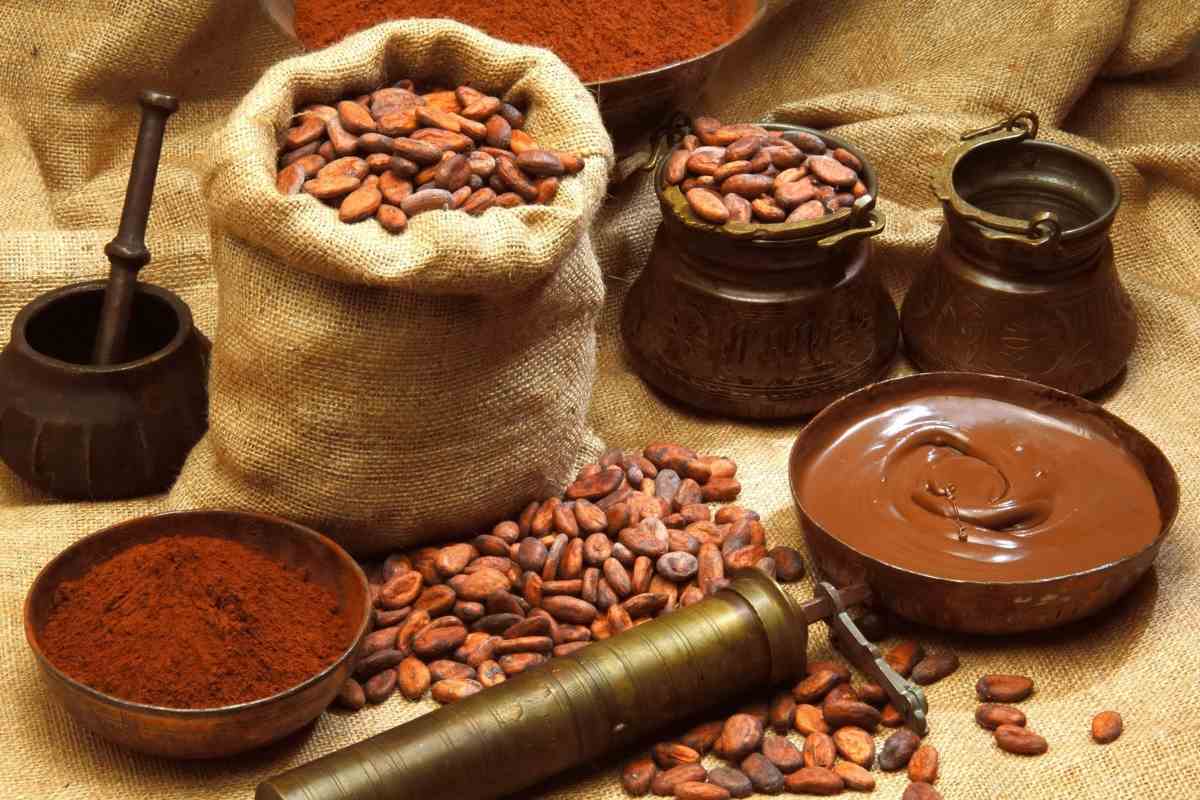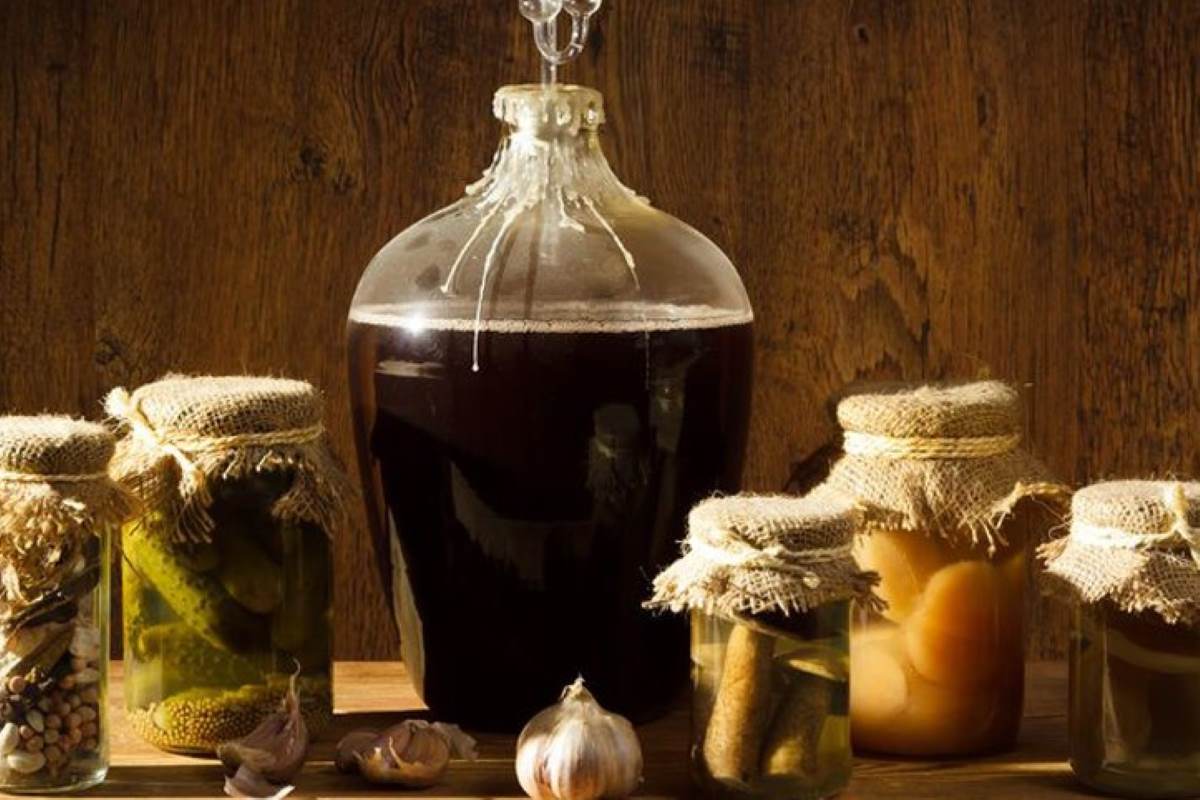Cues from the history of spice trade suggest there was a time when the little jar of spice sitting in your kitchen cupboard was worth enough to buy a piece of land. The high value of spices in ancient times reflects how much ancient civilizations cherished and coveted these items.
It would also interest readers to know that spices once inspired expensive explorations. According to historical records, spices once triggered culinary colonization and made sovereign entities go to war.
This article will juxtapose the global history of food with the value of spices in ancient times. These pieces of culinary history will shed light on, for example, the relationship between ancient food trade, spices, and empire building.
Why Were Spices So Valuable?
The laws of economics affirm that the scarcity of a commodity influences the value ascribed to it, particularly if the item enjoys significant utility. Alternatively, wealthy people across generations seek out rare items to possess and display as a status symbol. These two concepts are some of the factors that rippled off to influence the value of spices in history.
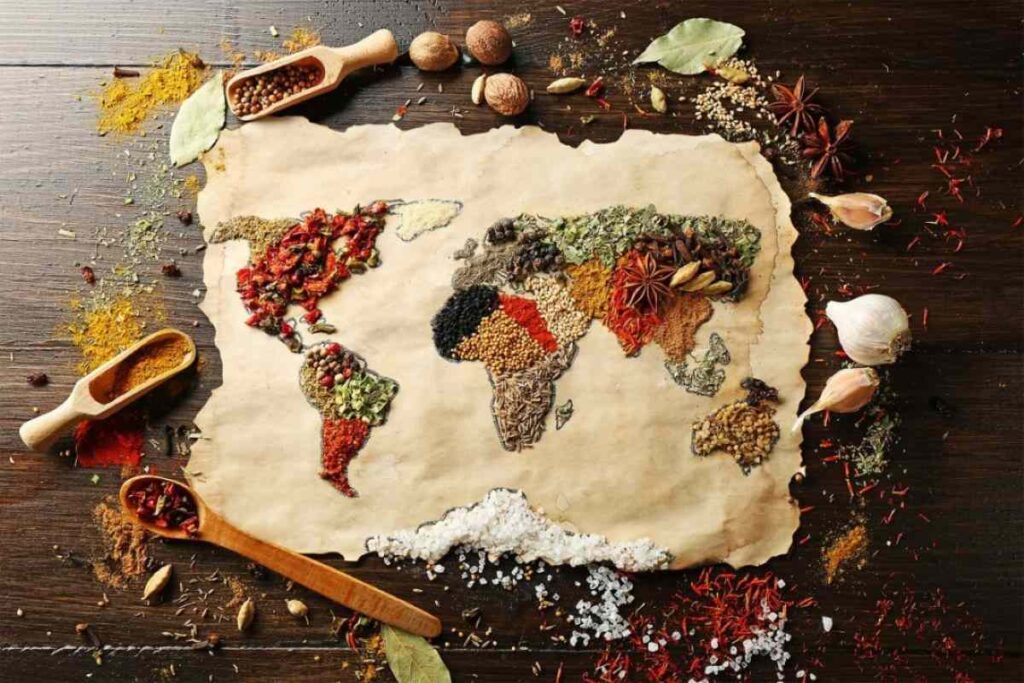
Below are further highlights of the reasons for the high valuation of spices:
- Cultural Symbolism
Traces of the cultural significance of spices still exist in the 21st century. Some tribes and religions use them in rituals or ceremonies. However, in medieval times, the use of spices for spiritual purposes conferred sentimental value, making them more expensive than they are today.
- History of Spice Trade Influenced Its Rarity and Exclusivity
The geographical localization of herbs influenced the value of spices in ancient times. Unlike today, when globalization has made trade logistics easy, ancient spice trade routes were fraught with hazards. In addition, some of the spices fetched high prices in Europe, but had to be sourced from as far away as Southeast Asia.
- Multiple Practical Uses
Besides relevance in food and cultural exchange, spices have had and still have several practical uses. For example, ancients deployed them as food biopreservatives. Similarly, ancient physicians administered different spices for healing ailments. In recent years, pharmacists have successfully isolated multiple active pharmaceutical ingredients from spices. Finally, the use of spices in embalming mummies in ancient Egypt also contributed to the value of spices in history.
- Means of Exchange
The history of spice trade also reveals that herbs were traded for their practical benefits and were also used as a means of barter. It was commonplace for sojourners on ancient spice trade routes to exchange valuables for some spice. Just like gold, spices served as a veritable medium of exchange in ancient times. However, the scarcity of spices superceded even that of gold during the said period. This explains why spices were once more valuable than gold and could be a means of barter for expensive goods.
ALSO READ: The Science Behind Whipped Coffee (And Why It Works!)
The Spice Routes: A Global Network
A historical trade route runs from the global East to West, largely involving voyages over the sea. This route is called the Spice Routes, or its more popular moniker, the Maritime Silk Road. The Spice Routes have been influencing global trade as far back as 2000 BC.
The Spice Routes gave rise to food and cultural exchanges among the civilizations they cut across. Indeed, it was the funnel for the transmission of not just ideas, but also a channel of culinary colonization between the East and the West.
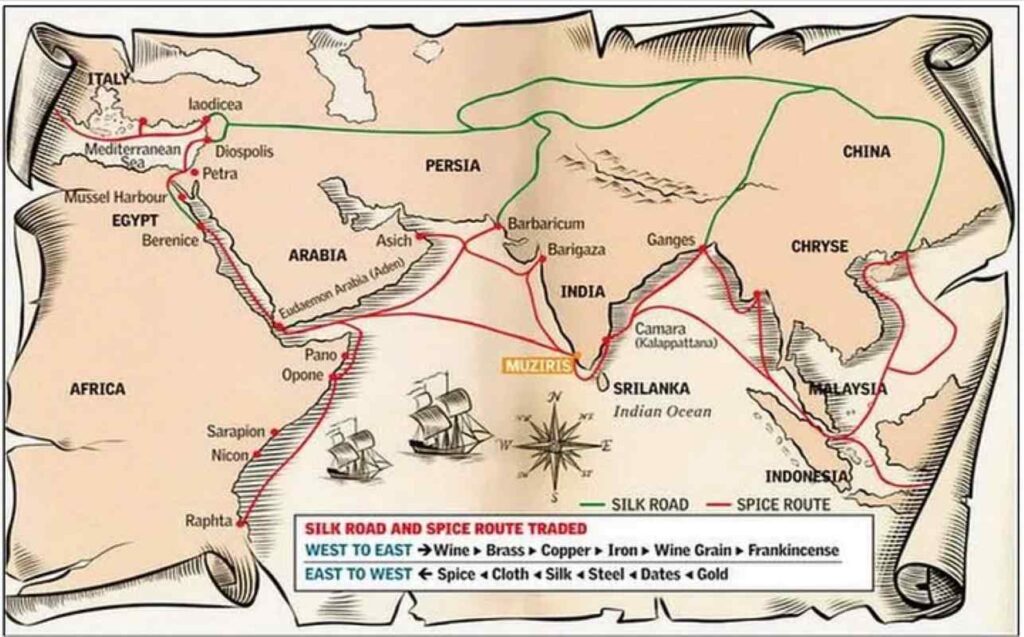
While trade on the Maritime Silk Road did not involve spices alone, the history of spice trade suggests that they dominated trade volumes on that ancient route. Examples of spices traded on the Spice Routes are cinnamon, clove, nutmeg, cumin, coriander, curry powder, cardamom, garlic, anise, bay leaf, mustard seed, turmeric, and thyme.
Spices That Sparked Empires
Trade wars in the 21st century often involve commodities like crude oil and its derivatives, lithium ore, defense equipment, wheat, electronic gadgets and information services by social media apps like TikTok. Spices are not likely to make it to this modern list as their cultivation has been domesticated.
However, the history of spice trade reveals that spices and empire building were mutually inclusive in ancient times. It may surprise you that spices significantly influenced geopolitics and history.
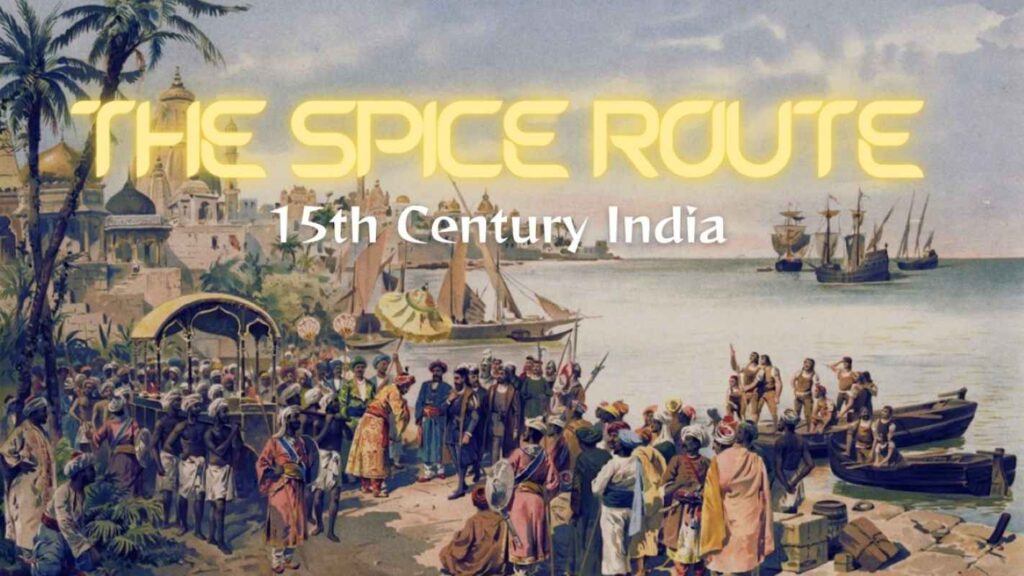
For example, cloves were solely sourced from the Spice Islands (Moluccas, present-day Indonesia) in ancient times. The spice was so important that Portugal, Spain and the Dutch often went to war to control the islands and, by extension, the spice trade. Other spices like black pepper (referred to as the king of spices), cinnamon, mace, saffron, and nutmeg so enjoyed international adoption that they triggered the economic prosperity of empires that traded in them.
History of Spice Trade and Its Influence on Global Cuisines
The history of the spice trade covers many facets of its impact, from trade to culinary culture. As itinerant traders peddled spices from port to port, along the Maritime Silk Road, they also influenced the dietary habits, preservation techniques and flavor of local dishes.

The trade of spices also influenced culinary cultures around the globe. For example, it was partly responsible for how pasta became an Italian staple, as it contributed to sauce preparation. Stir-fries in Thailand, curries in India, and some local street foods around the world were greatly influenced by the infiltration of the spice trade.
ALSO READ: Food Waste in Restaurants: What’s Being Done About It?
The Decline of Spice Value and Modern Relevance
Now, if spices were as expensive as this piece explains, what triggered the monetary decline of the commodity? The predominant denominator of this decline is the increased supply of spices.
Before long, medieval merchants realized that spices were a viable investment. So, they thought it wise to embark on the commercial cultivation of spices at home. These merchants thought the domestication playbook was better off than embarking on intercontinental and hazardous journeys to source spices. So, during their trading trips, these merchants learned about spice cultivation and started experimenting with spice farming. However, the supply of spices was in surplus before long, and the value naturally declined.
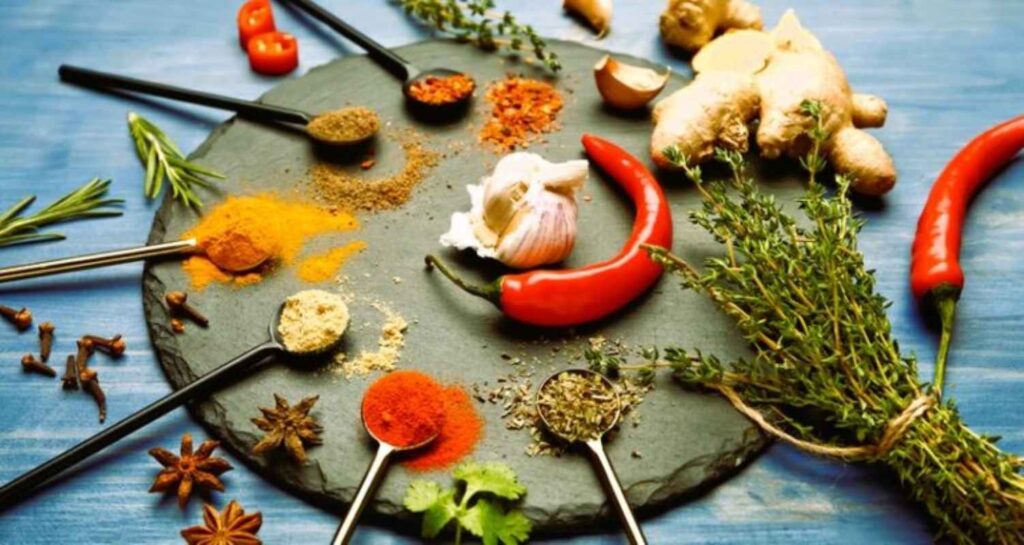
Spices are now commonplace in kitchens around the globe, however, their cultural relevance remains preserved.
So, our goal here is simple: to revive the forgotten history of spice trade. Going forward, when you chance on some fresh ginger in the farmers’ market, or turmeric powder at a shopping mall, remember that these items were once the bedrock of wealth and prestige in ancient empires.







